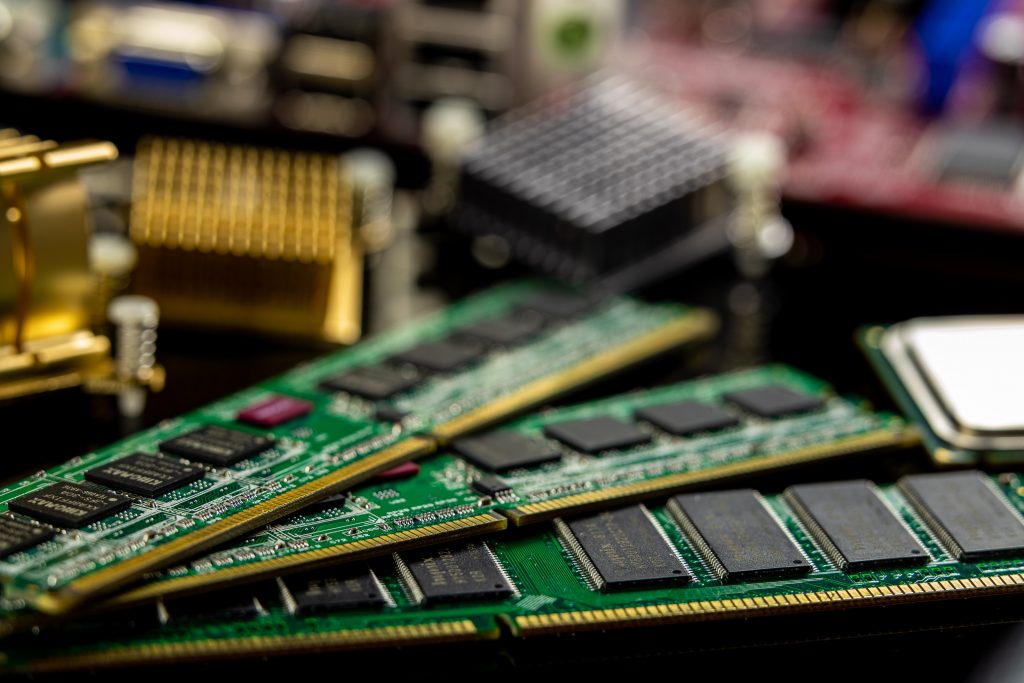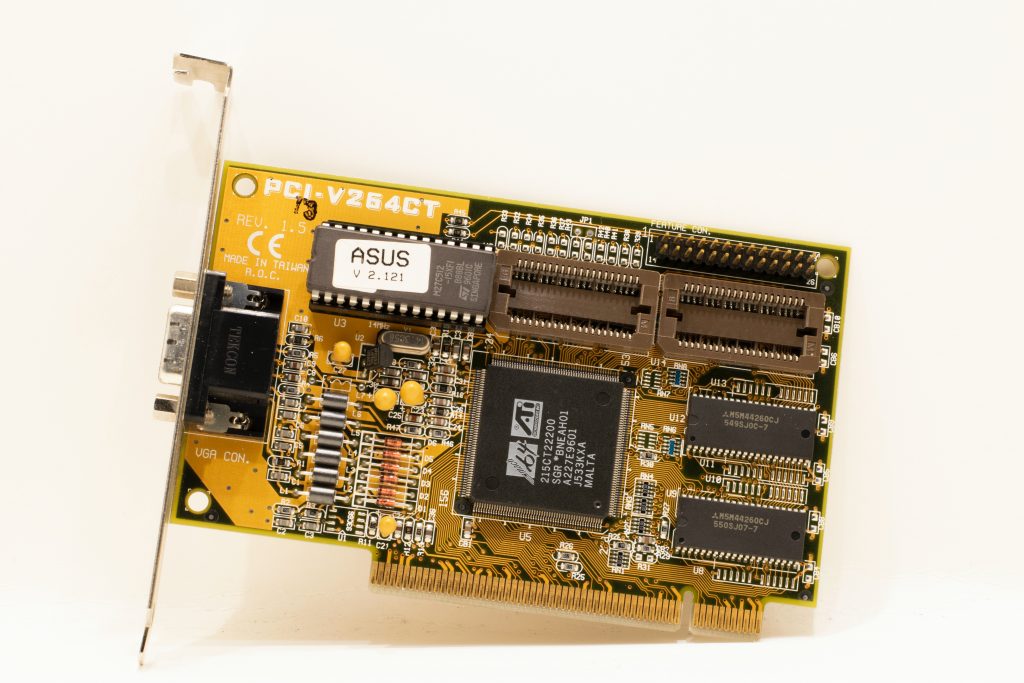For engineers, scientists, and tech enthusiasts, test and measurement equipment stands at the forefront of technological advancement. Behind the scenes, two fundamental types of semiconductor chips play a pivotal role in the functionality of these devices: memory chips and logic chips. Read on as we explore the distinctions between these two chip types and their indispensable roles in the realm of test and measurement equipment.
Memory Chips: Preserving Data for Analysis
Memory chips, as their name implies, serve as the data vaults within test and measurement equipment. They are responsible for storing and retrieving data, akin to the short-term and long-term memory in the human brain. Various memory chip types, such as RAM (Random Access Memory), ROM (Read-Only Memory), and flash memory, play unique roles:

RAM (Random Access Memory): In test and measurement equipment, RAM acts as short-term memory. It provides lightning-fast access to data required by the CPU for real-time analysis and calculations. When you take measurements or run experiments, the data is temporarily stored in RAM, allowing for swift processing. However, RAM is volatile and loses all data when power is disconnected.
ROM (Read-Only Memory): ROM, on the other hand, is non-volatile and retains data even after power cycles. It typically houses firmware or permanent software instructions vital for equipment operation. For instance, calibration data and essential software routines are stored in ROM.
Flash Memory: This versatile non-volatile memory is frequently employed in test and measurement equipment for data storage and retrieval. It strikes a balance between read/write capability, making it ideal for archiving measurement results and instrument settings.
Memory chips are the backbone of test and measurement devices, ensuring that data is available for analysis, comparison, and reporting.
Logic Chips: Orchestrating Precision and Decision-Making
While memory chips handle data storage and retrieval, logic chips are the brains behind the operation of test and measurement equipment. They process data, execute instructions, and make critical decisions to ensure precise measurements and reliable results. The primary logic chip in most equipment is the CPU (Central Processing Unit), but GPUs (Graphics Processing Units) and specialized ASICs (Application-Specific Integrated Circuits) also play essential roles:
CPU (Central Processing Unit): The CPU serves as the equipment’s central nervous system. It carries out intricate calculations, manages data flow between instrument components, and executes instructions for accurate measurements and analysis. CPUs are designed to handle diverse tasks, from waveform analysis to spectrum scanning.

GPU (Graphics Processing Unit): GPUs, with their parallel processing capabilities, are employed in test and measurement equipment to accelerate graphics-intensive tasks, such as high-resolution waveform rendering, 3D visualization, and real-time signal processing.
ASICs (Application-Specific Integrated Circuits): ASICs are custom-designed logic chips crafted to meet specific measurement requirements. They are often utilized in sophisticated instruments like spectrum analyzers and oscilloscopes, where precision and speed are paramount.
In essence, logic chips act as the conductors orchestrating precision and decision-making in test and measurement equipment. They ensure that experiments, quality control processes, and scientific investigations are carried out with the utmost accuracy.
Both memory and logic chips form an inseparable partnership within test and measurement equipment. Memory chips store and retrieve data, preserving critical information for analysis, while logic chips process data, execute instructions, and make essential decisions to guarantee precision and reliability in measurements. This synergy empowers engineers, scientists, and researchers to push the boundaries of knowledge, fostering innovation and progress in various fields, from electronics to materials science and beyond.







